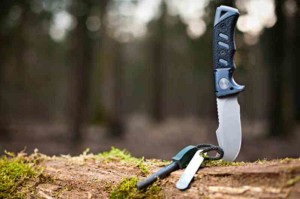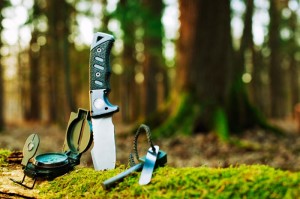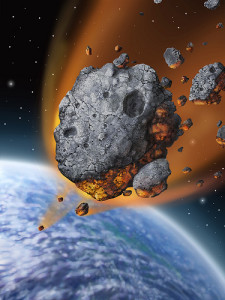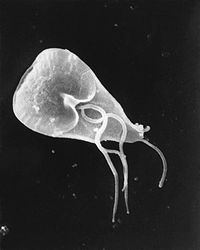 No water coming from the tap? Lost in the wilderness and thirsty? Locating a water source may only be half the battle. Most surface water contains microbes that may make you sick (or worse). It is always important to purify your water unless you are sure it is clean to keep you healthy and functional.
No water coming from the tap? Lost in the wilderness and thirsty? Locating a water source may only be half the battle. Most surface water contains microbes that may make you sick (or worse). It is always important to purify your water unless you are sure it is clean to keep you healthy and functional.
Here are the most commonly water borne illnesses:
- Giardiasis is diarrhea which is caused by Giardia intestinalis and can develop in two weeks after a victim’s exposure to these organisms. The Giardia intestinalis parasites can live in the victim’s intestines. They can pass outside the anus through feces. When outside, they can survive on surfaces for several months. They can become causes of diarrhea, greasy stool, abdominal cramps, and gas attacks.
- Amebiasis is another waterborne illness due to Entamoeba histolytica, a waterborne protozoon. A sufferer can experience severe abdominal pain, bloating, loose stools, and weight loss. The victim can also suffer from liver abscess when the parasite invades the liver.
- Cholera is another waterborne disease that you should be careful about. It is caused by a viral intestinal infection through taking in water and food that is contaminated with Vibro cholerae. These bacteria can have a short incubation in your intestines. When it’s full blown, you can suffer from acute diarrhea that can cause complications such as kidney failure, dehydration, or even death. Cholera is accounted to about 118, 932 in Africa alone in 2000 and that tolled to more than 4000 deaths in the same year.
- Gastroenteritis is caused by parasites and bacteria in water and is sometimes known as a stomach flu, which is caused by the norovirus. Signs and symptoms include diarrhea, low-grade fever, and dehydration. Usually, the symptoms surface within two days after the victim’s exposure to the virus and disappear after two days.
- Cryptosporidiosis is another waterborne disease that is caused by Cryptosporidium parvum, a type of parasite that cannot be killed by chlorine. You can become infected by this disease even if you filter your water. Some symptoms that come with the disease include weight loss, mild fever, nausea, and vomiting.
You will noticed that these won’t make you sick right away. So if you find yourself in a short term survival situation, without the means to 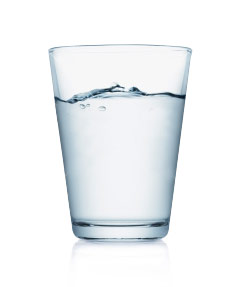 purify the water, you may want to drink the water if comes down to life or death. Then visit a doctor as soon as possible.
purify the water, you may want to drink the water if comes down to life or death. Then visit a doctor as soon as possible.
Microorganism are not the only thing that can cause harm. There are both mineral and chemical compounds that may be present in any water supply that could also hurt you. I recommend always having a water filter at home, in the car, and in your pack if you are backpacking.
